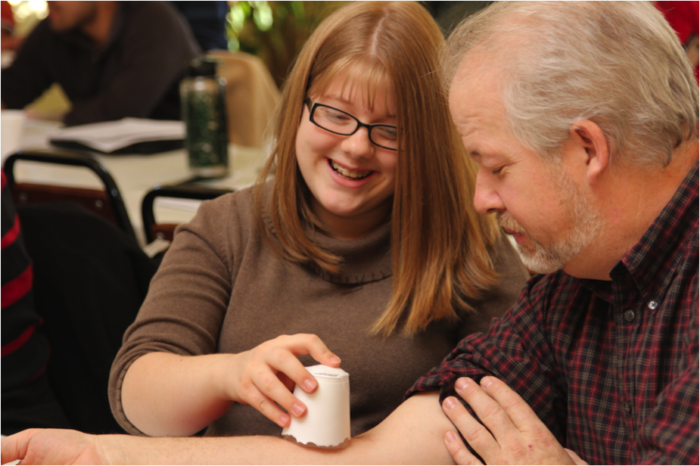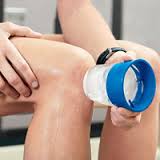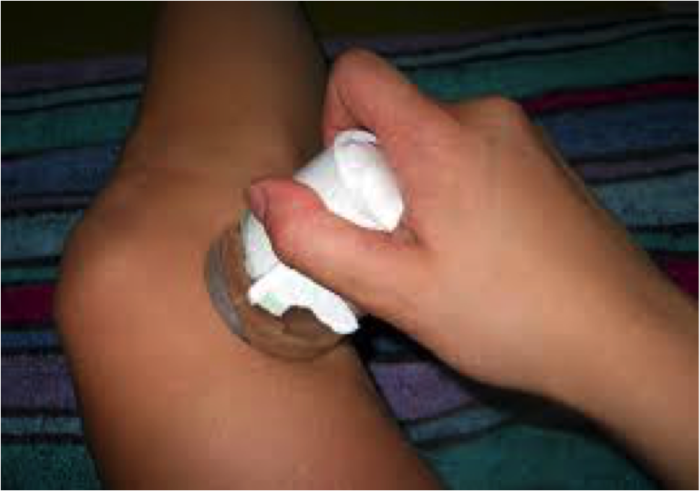
Ice massage is a superficial cooling technique that serves to provide an analgesic effect. It is used to decrease pain, swelling and inflammation. Though preferred in acute injuries, such as, ligament sprains, muscle strains, joint subluxations and dislocations, bruises and fractures, ice massage may be also be applied to chronic injuries such as back pain and tendonitis.

Ice massage works by lowering your metabolic rate to promote healing through the process of conduction, which involves the interaction and transfer of energy between molecules in a warmer area with those in a cooler area. It reduces blood flow to the area of injury, which helps to reduce swelling. It provides an analgesic or pain-relieving effect by numbing tissues, reducing muscle spasms and slowing tissue metabolism.
Ice massage provides results similar to those seen with the use of ethyl chloride sprays. Ice massage may provide up to 17o C reduction of temperature in soft tissue with a short application. Ice packs may achieve up to 11oC, gel packs 8oC, and refrigerant packs up to 1.7oC
By reducing the metabolic rate of injured tissues, injured cells are better able to survive the acute phase of injury, as well as reduce the area of secondary injury. Secondary injury is caused by post-trauma hypoxia (deficiency in oxygen to tissues), which may be caused by bleeding due to injured blood vessels or by reduced blood flow due to increased viscosity in blood.

Advantages of an ice massage are economical, efficient, and convenient. Ice massage is extremely inexpensive, only takes a few minutes for application, and can be applied to almost all areas of the body.
The only disadvantages are that the size of treatment area is usually small due because it would be too time consuming to treat larger areas. Also, ice massage requires active participation throughout the application.

